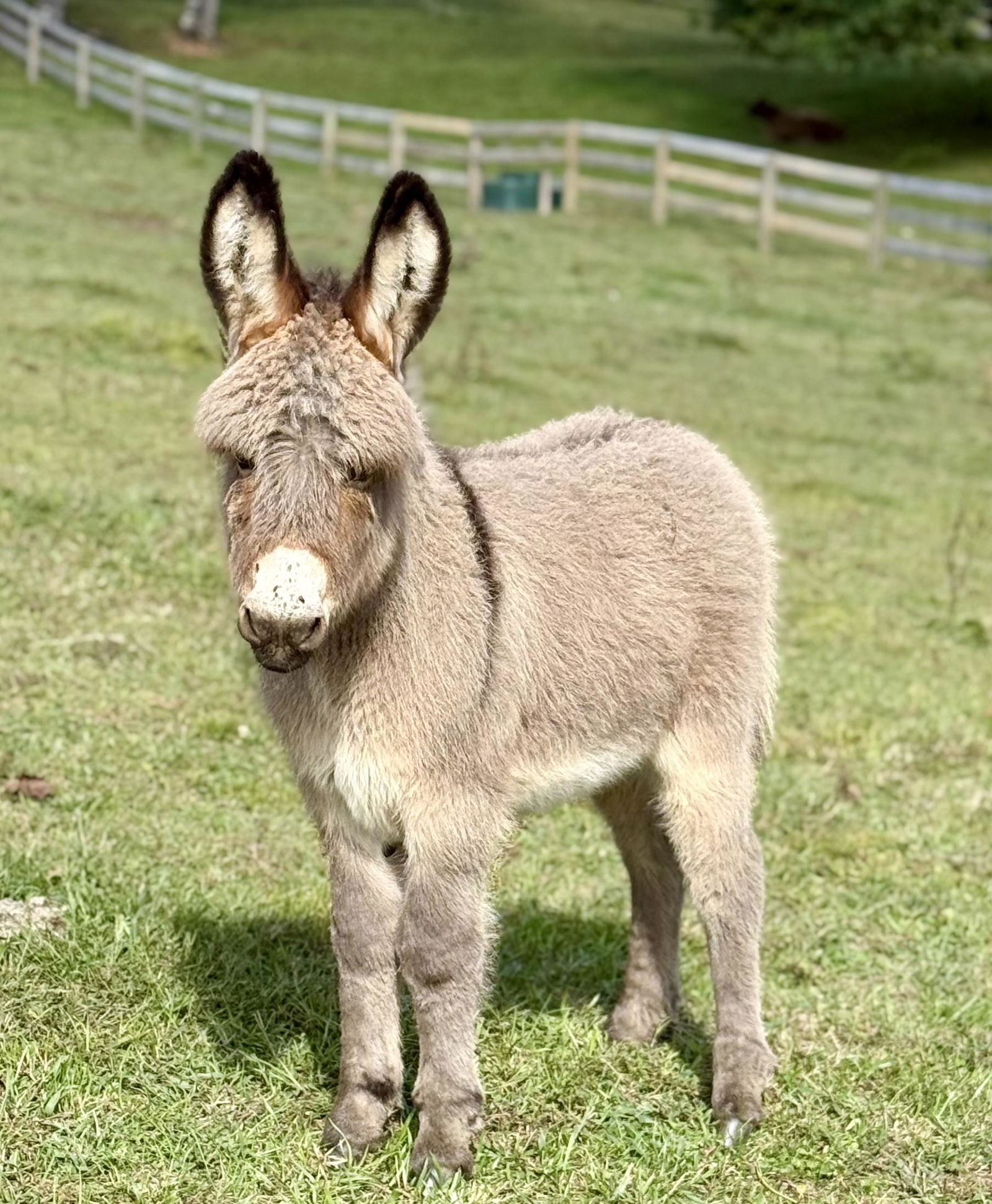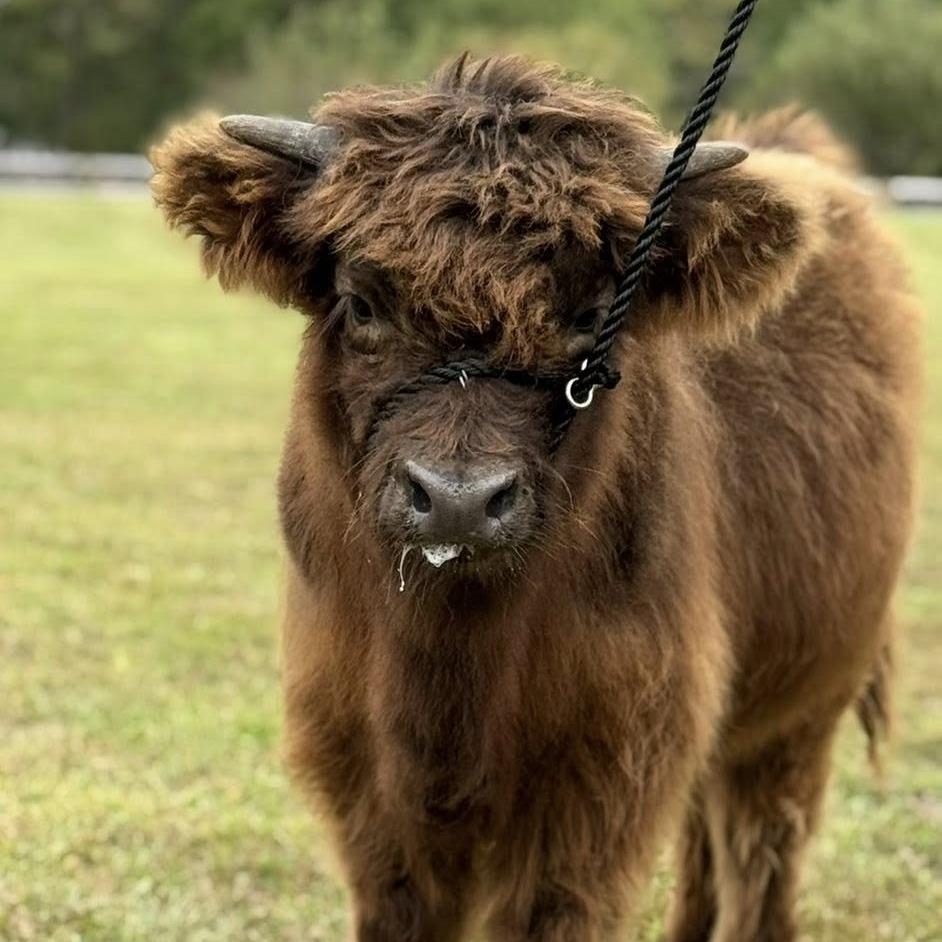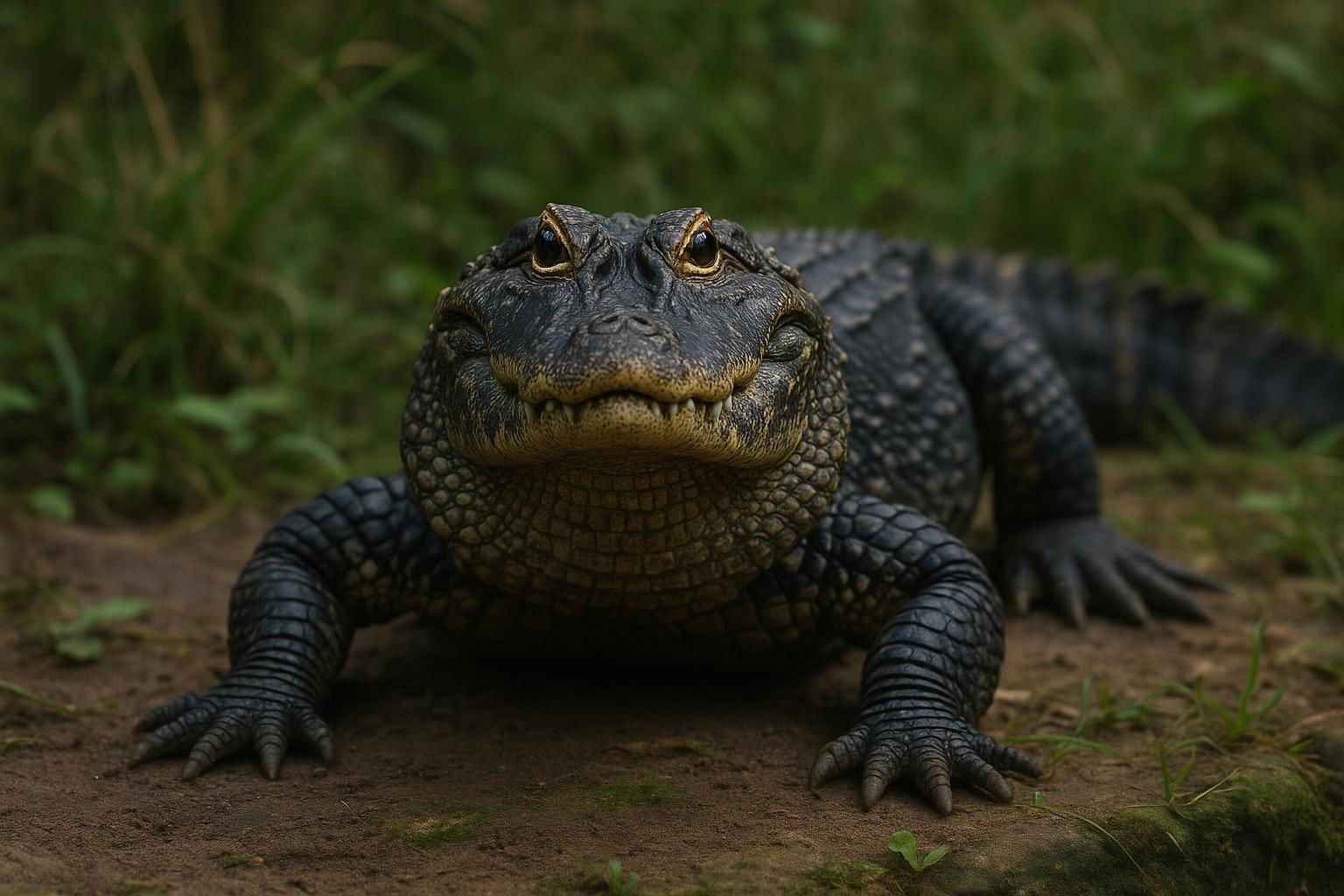
Chinese Alligator
Alligator sinensis
The Chinese Alligator (Alligator sinensis), also known as the Yangtze Alligator, is a small to medium-sized crocodilian native to China. Endemic to the temperate regions of eastern China, particularly the Yangtze River basin, this species is one of only two living species of true alligators, the other being the American Alligator. Chinese Alligators are characterized by their relatively modest size, typically reaching up to 2 meters (about 6.5 feet) in length, and are distinguishable by their robust, armored body and broad snout. The species is covered in tough, protective scales with a generally dark gray or blackish coloration.
Adapted to a semi-aquatic lifestyle, Chinese Alligators inhabit freshwater environments such as rivers, lakes, and marshlands, where they feed on a varied diet comprising fish, small mammals, birds, and invertebrates. Unlike their American counterparts, Chinese Alligators have developed a unique adaptation to cooler climates, entering burrows to hibernate during winter months. These burrows also serve as a refuge from predators and a nesting site for females.
Once widespread, the Chinese Alligator is now critically endangered, with wild populations severely diminished due to habitat destruction, pollution, and hunting. Conservation efforts are underway, focusing on habitat restoration, captive breeding programs, and reintroduction projects to bolster their numbers in the wild. These efforts are crucial to the survival of this ancient and culturally significant species, often revered as a symbol of good fortune and power in Chinese tradition.

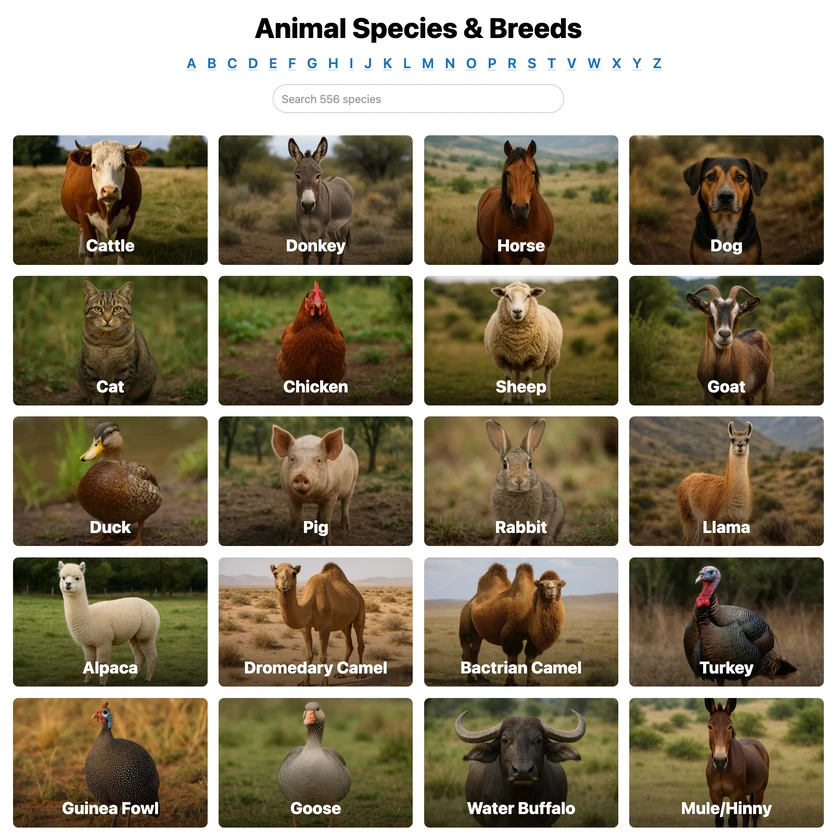 All Species & Breeds
All Species & Breeds
 Highland Cattle
Highland Cattle
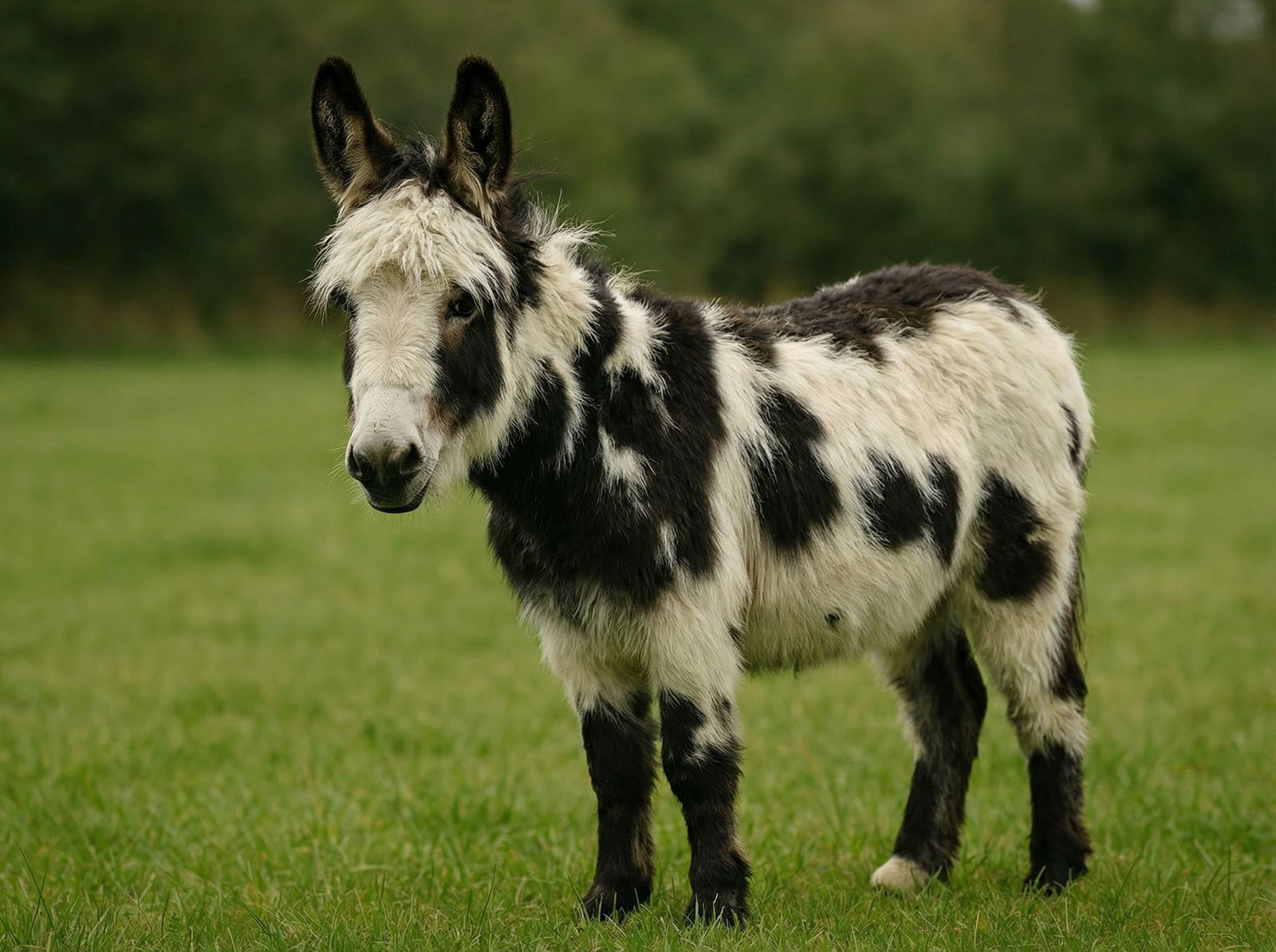 Miniature Donkeys
Miniature Donkeys
 All Species Directory
All Species Directory
 Highland Cattle in Virginia
Highland Cattle in Virginia
 Miniature Donkeys in Texas
Miniature Donkeys in Texas

